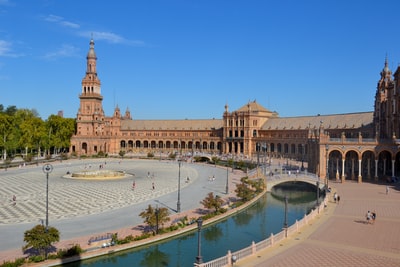The Aims of the Leaders
Before examining the terms of the treaty, we need to know what the objectives of the leaders of Britain, France and the USA (The Big Three) were before the negotiations began
Clemencau, France

To achieve these aims, he wanted the following things:
*Germany to pay massive reparations (compensation) to France
* Germany to be stripped of its army
* The territory of Alsace-Lorraine (lost to Germany during the Franco-Prussian War) to be returned.
* Germany’s rich industrial area of the Rhineland to be made independent
——————————————————
Who was in the League of Nations?

The USA
Although the League of Nations was an American idea, the United States refused to join the League because some politicians opposed Article 10 of the League, which called for League members to offer military support to members who were attacked. As an increasingly powerful nation that was removed from many of the European rivalries, this was a major setback for the League.
Germany
As the international villain of the day, Germany was excluded from the League. It was allowed in in 1926, but arguably the damage of the initial snub had already been done.
The Soviet Union
Russia’s new Communist regime was hated by the European powers and the USA, and was not allowed entry to the League.
——————————————————
Disagreement?
But what did countries in the League do if they disagreed with it? Many countries that felt the League would interfere with their foreign policy ambitions had a simple solution: leave it.
Germany – Adolf Hitler withdrew Germany in 1933
Italy – was withdrawn by its fascist leader Benito Mussolini in 1937
Japan – withdrew in 1933
So one of the world’s most powerful nations was not in the League, and countries that had an agenda of rejecting disarmament and invading other countries’ territories simply withdrew from it. This meant that the League of Nations was very ineffective at making the world follow its rules and keep world peace.